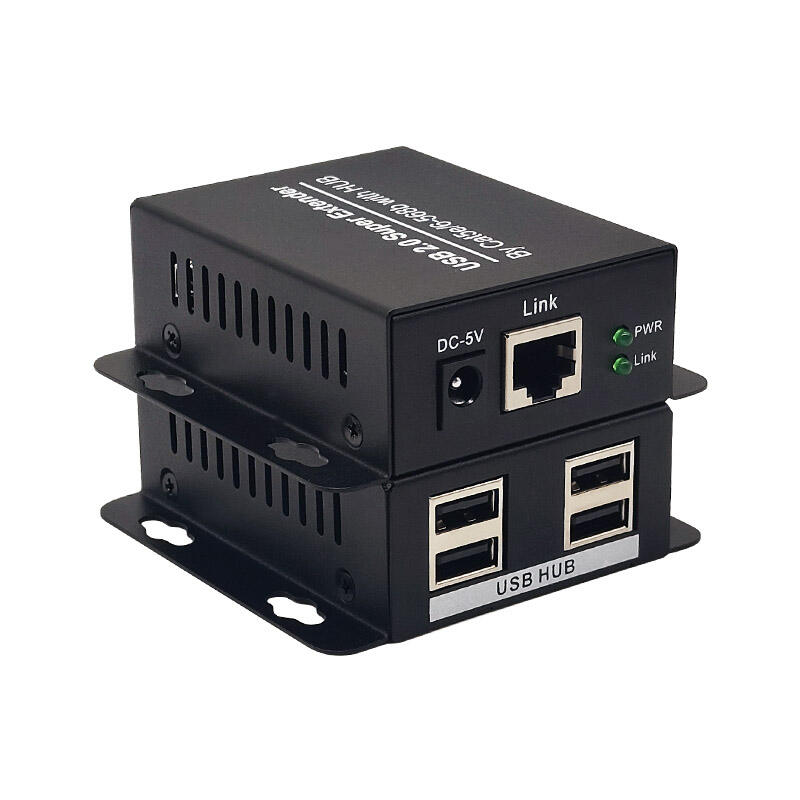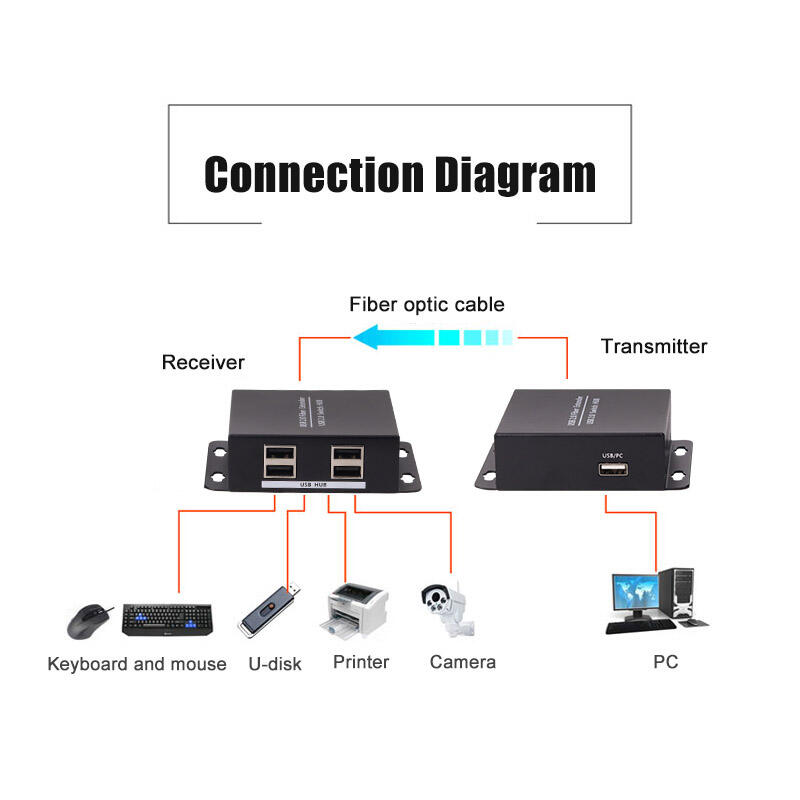
USB కు ఎథర్నెట్ అడాప్టర్ మీకు USB పోర్టు ద్వారా ఒక డివైస్ను ఎథర్నెట్ నెట్వర్కుతో బదిలించడానికి సహాయపడుతుంది. ఈ అడాప్టర్లు USB సిగ్నల్స్ను ఎథర్నెట్ సహజంగా ఉండే నెట్వర్కుల్లోకి మార్చడం ద్వారా తాబ్లెట్లు, స్మార్ట్ ఫోన్లు మరియు పాత పోర్టులు లేని ప్రాచీన లైప్టాప్లు వంటి స్థిర డివైస్ల ద్వారా తారకాల నెట్వర్కులకు ప్రవేశపెటడానికి సహాయపడతాయి. గృహ నెట్వర్క్లో ఒక టేబులెట్ను స్థిరంగా ఉంచడానికి మరియు ఇంటర్నెట్ సంబంధాన్ని మిగిలిపోవడానికి ఒక USB కు ఎథర్నెట్ నెట్వర్క్ కన్వర్టర్ సహాయపడుతుంది. ఈ కన్వర్టర్ పాటీలో కూడా ఉపయోగించవచ్చు, డివైస్లు నెట్వర్క్ కార్డ్స్ నింసి పొందడం లేదా వాట్స్ పొందడం జరిగించుకోవడానికి అనుమతిస్తుంది.
